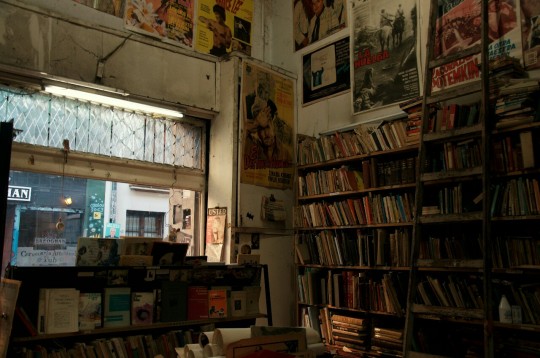Photo




BOOKBINDING TERMS, MATERIALS, METHODS, AND MODELS
This booklet was compiled by the Special Collections Conservation Unit of the Preservation Department of Yale University Library
Read online
2K notes
·
View notes
Photo


Hi welcome to my new series called ‘embroidering the awkward drawings found in medieval manuscripts’, the first one is of a beast from the 13th century Welsh Black Book of Carmarthen.
80 notes
·
View notes
Text
Marginalia made real. h/t Fipi Lele pic.twitter.com/pSi1BYxwVf
— Cory Doctorow (@doctorow)
June 11, 2016

797 notes
·
View notes
Text
you know what really grinds my gears? the way even scholars use parchment, vellum and leather interchangeably in english
#please decide#I know that is due to custom that has formed over the years#but please choose a definition#please#codicology#book history#manuscripts
1 note
·
View note
Photo


Color Our Collections! The second of our coloring books, taken from the Rare Books Collection, features images from our newest acquisition, a 1497 Book of Hours. Download the coloring book here: http://www.marquette.edu/library/news/2017/speccoll-colorourcollections2018.php
7 notes
·
View notes
Photo


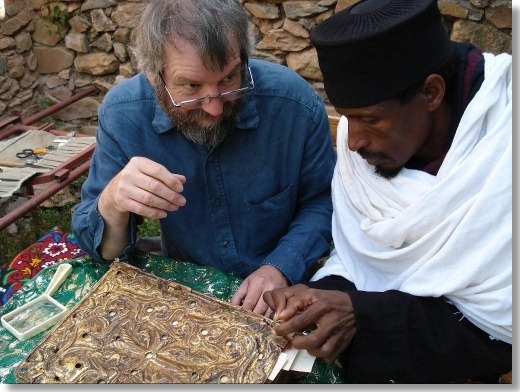
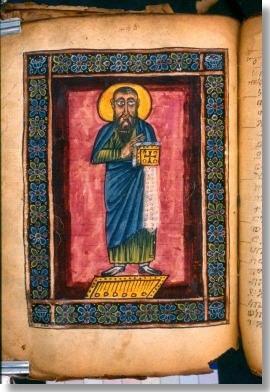

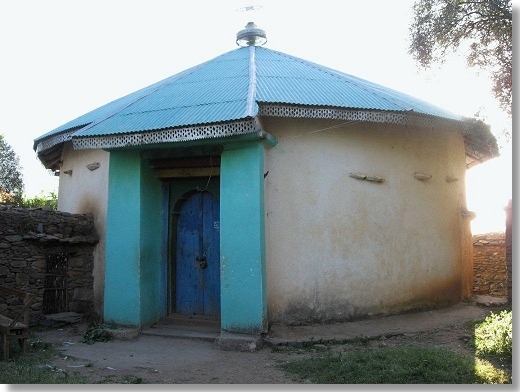
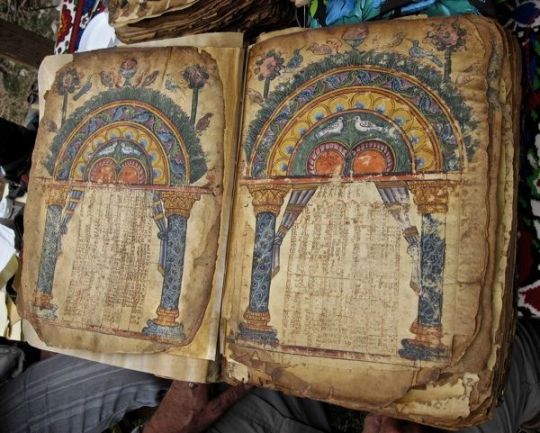

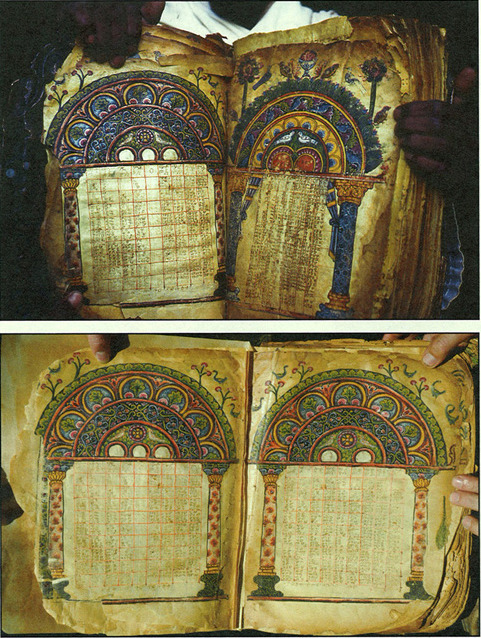
The Gospels of Abba Garima, an illuminated gospel book in two volumes written on vellum in the Ge'ez language and preserved in the Abba Garima Monastery east of Adwa, in the Mehakelegnaw Zone of the Tigray Region of northern Ethiopia, were, according to legend, written and partly illuminated by the Ethiopian missionary Abbu Garima, who is thought to have arrived in Ethiopia in 494 CE. Most outside scholars and scientists previously agreed that the gospels, based on Garima’s teachings, were written centuries after his death, probably by priests in the tenth century. However recent radiocarbon dating carried out at Oxford University suggested a date between 330 and 650 CE for their creation, opening the possibility that the gospels were actually created by Abba Garima. If the Abba Garima Gospels date from the time of Abba Garima (circa 500), they are possibly the earliest surviving illuminated Christian manuscripts.
“The survival of the Garima Gospels is astonishing, since all other early Ethiopian manuscripts seem to have been destroyed during turbulent times. Very little is known about the history of the Abba Garima Monastery, but it may have been overrun in the 1530s by Muslim invaders. More recently, in 1896, the area was at the centre of resistance to Italian forces. The monastery’s main church was destroyed by fire in around 1930.
“The survival of the Garima Gospels may have been due to the fact that they were hidden, perhaps for centuries or even for more than a millennium. The hiding spot may have been forgotten, and it could have been rediscovered by chance in relatively modern times.
“In 1520, Portugues chaplain Francisco Álvarez visited the monastery and recorded that there was a cave (now lost or destroyed), where Abba Garima was reputed to have lived. Álvarez reported that the monks would descend into it by ladder to do penance. Although speculation, it is possible that the Gospels may have been hidden in this cave” (http://ethiopianheritagefund.org/artsNewspaper.html, accessed 07-10-2010).
In 2007 the English binder and restorer Lester Capon did a partial restoration of bindings of the Abba Garima Gospels and wrote about it with great photos in the Skin Deep blog of leather manufacturers J. Hewit & Sons under the title of Extreme Bookbinding.
898 notes
·
View notes
Link
12 notes
·
View notes
Link
10 notes
·
View notes
Link
How did they...not find any Hebrew scholars? The wording in the article is ambiguous but it shouldn't have been hard to contact someone...
222 notes
·
View notes
Photo

The librarian sharing the stories of our medieval past
Alexander Devine is captivated by all things medieval. He’s a librarian at the Parker Library, a stunning collection of early manuscripts at Corpus Christi College. The stories they tell are still being discovered.
Wonderful things happen when you engage with the public. Last autumn a visitor identified a decorative motif on an oak chest as likely to be moonwort. He’d come to see the Library during Open Cambridge and was looking intently at the Billingford Hutch — a massive chest that’s been in the possession of the College since around 1420. Read on
263 notes
·
View notes
Link
16 notes
·
View notes
Video
instagram
99K notes
·
View notes
Text
just precisely how bad was 1500s jerusalem at making maps, you ask? well,

473K notes
·
View notes
Photo





Dialogue: Exposing the Rhetoric of Exclusion through Medieval Manuscripts
By Kristen Collins and Bryan Keene, originally published on the Getty Iris
We invite your thoughts on an exhibition-in-progress at the Getty that addresses the persistence of prejudice as seen through lingering stereotypes from the Middle Ages.
As curators in the Getty Museum’s department of medieval and Renaissance manuscripts, we are interested in how books, and museum collections more broadly, can spark dialogues about inclusivity and diversity. Our manuscripts collection at the Getty consists primarily of objects from Western Europe, which can present challenges when trying to connect with a multicultural and increasingly international audience.
We are striving to make connections between the Middle Ages and the contemporary world—connections that may not be immediately evident, but are powerful nonetheless. Museums are inherently political organizations, in terms of the ways that collections are assembled, displayed, and interpreted. This year’s meeting of the Association of Art Museum Curators addressed how institutional narratives and implicit bias can skew ideas of history and culture in ways that exclude minorities and gloss over the shameful aspects of our past. Groups such as the Medievalists of Color, the Society for the Study of Disability in the Middle Ages, the Society for Medieval Feminist Scholarship, and the Society for the Study of Homosexuality in the Middle Ages, among others, are applying similar lines of inquiry, seeking to decolonize and diversify the field of medieval studies. We stand with these groups.
We were also inspired by Holland Cotter’s call to arms, as he exhorted museums to tell the truth about art, “about who made objects, and how they work in the world, and how they got to the museum, and what they mean, what values they advertise, good and bad. Go for truth (which, like the telling of history, is always changing), and connect art to life.”
Here is our description of the exhibition, still in draft form:
Medieval manuscripts preserve stories of romance, faith, and knowledge, but their luxurious illuminations can reveal more sinister narratives as well. Typically created for the privileged classes, such books nevertheless provide glimpses of the marginalized and powerless and reflect their tenuous places in society. Attitudes toward Jews and Muslims, the poor, those perceived as sexual or gender deviants, and the foreign peoples beyond European borders can be discerned through caricature and polemical imagery, as well as through marks of erasure and censorship.
As repositories of history and memory, museums reveal much about our shared past, but all too often the stories told from luxury art objects focus on the elite. Through case studies of objects in the Getty’s collection, this exhibition examines the “out groups” living within western Europe. Medieval society was far more diverse than is commonly understood, but diversity did not necessarily engender tolerance. Life contained significant obstacles for those who were not fully abled, wealthy, Caucasian, Christian, heterosexual, cisgender males. For today’s viewer, the vivid images and pervasive narratives in illuminated manuscripts can serve as a stark reminder of the power of rhetoric and the danger of prejudice.

We begin the exhibition with a masterpiece of Romanesque painting, shown above. This manuscript, with its gilded pages and geometric symmetry, reveals the institutionalized antisemitism that formed the basis of Christian rhetoric about the triumph of the Church.
Ecclesia, the personification of the Christian Church, is seen above and to Christ’s right, while the Jewish Synagoga appears on Christ’s left. Often represented as a blindfolded figure, here Synagoga (in red robes) points at Christ, glaring. She holds a banderole representing Old Testament law that proclaims “cursed be he who hangs on the tree.” Below, two additional personifications echo and intensify the antithetical positions of these two figures. In a roundel below Ecclesia, the fair-skinned figure of Life (at far left) gazes calmly across the composition at Death, whose dark complexion and hook nose are seen in caricatures of Jews in other twelfth-century images.

We’d Like Your Comments
We are in the early stages of writing this exhibition, which is scheduled to be presented in the Getty’s manuscripts gallery in January 2018. As we create both the thematic content and the individual object texts—which we will be posting periodically on the Getty Tumblr—we are curious to receive community input. Specifically, we are curious to know any or all of the following:
Your level of interest in an exhibition of medieval and Renaissance art exploring these themes
Comments on the wording of the exhibition description we’ve shared above (as a whole or in any part)
Suggestions for perspectives and points of view we should consider in developing the exhibition
Any and all other suggestions or criticisms
Please reblog with your comments, DM us, or contact the curators directly by email at [email protected].
2K notes
·
View notes
Link
22 notes
·
View notes

